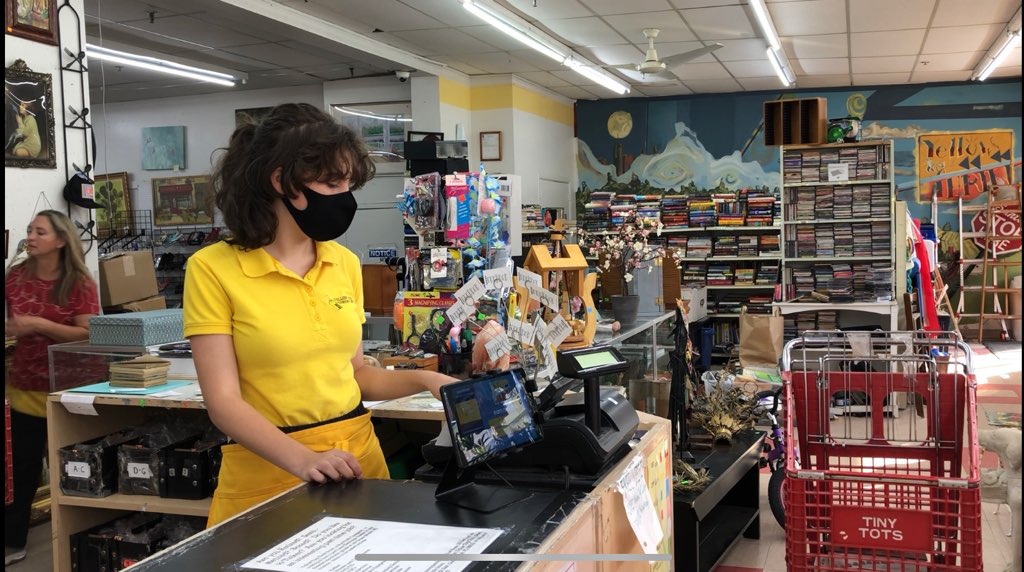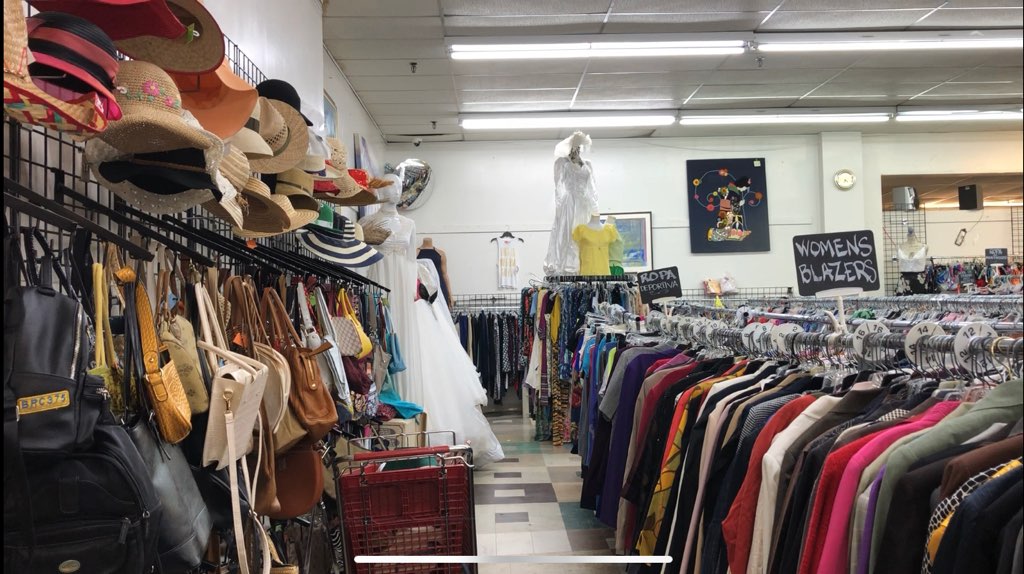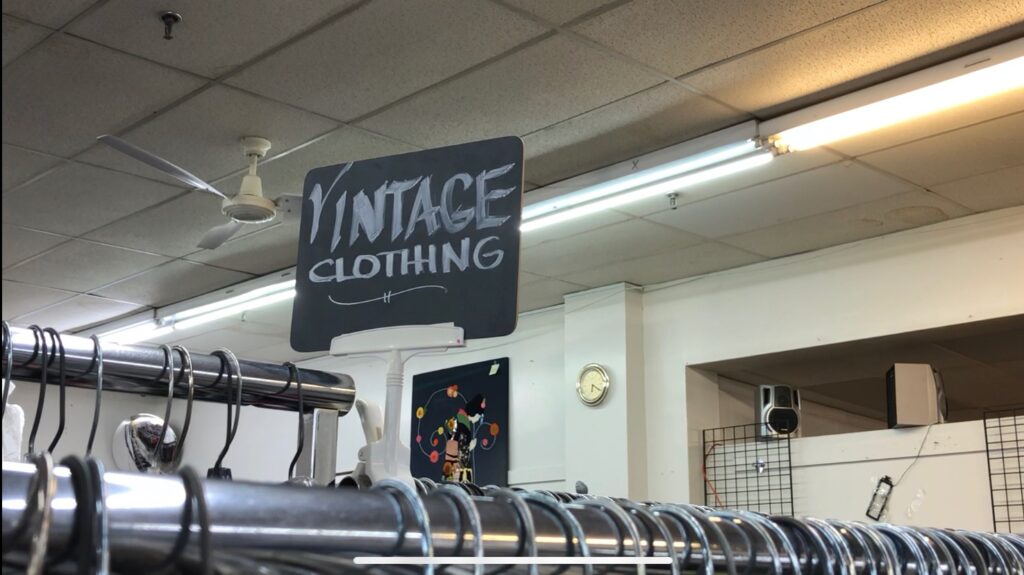Business
Thrifters: Recycled and Repurposed Clothing Helps Protect the Environment
By Reva Anna Gujral
At Yellow Tag Thrift store, Zoey Alexis, 18, spends her work shift organizing clothing racks and ringing up customers at a vintage cash register with punch keys.
She loves what she does in that Green Brook, N.J., store, and she loves the store’s environmental mission.
“When you consider how every piece of clothing that is sold here is going to reduce the number of carbon emissions … ” Alexis said. “The only carbon emissions that take place in one sale at this store is the transportation of the person who donated it coming to the store and the lights being on in the store, which is negligible compared to a huge store like Macy’s.”
Stores like Yellow Tag help to keep clothes out of the local landfill and, therein, limit methane gases that dumps emit. These stores and their customers also help to curb pollution that’s generated when new clothes are manufactured.
Yellow Tag owner Loretta Abramsom; Celia Yatawara, creative director of a clothing recycling project at global retailer Patagonia; and Sofia Parra, a second-hand seller on the reselling app Depop, call what they do “sustainable fashion.”
According to the UN Alliance for Sustainable Fashion, “The fashion industry accounts for about 10% of global carbon emissions.”
Yellow Tag’s Adramsom said her store aims to “take every category of item and we try to find a home for it to keep things out of the landfills. So, we have stuff that sits here for a year, unfortunately. But we either try to sell it or we work with different charities because that is one of our main purposes.”
More products are being recycled as the years go on, the number increased from 2,050,000 in 2010 to 2,510,000 in 2018, according to the United States Environmental Protection Agency. Additionally, people are buying more recycled clothes and the second-hand market is expected to double within the next five years, reaching $77 billion in sales by 2026, according to a report by online reseller ThredUp.
Global retailer Patagonia, whose headquarters are in Ventura, Cali., has been converting old and damaged Patagonia items that customers customers have returned to its stores, and transforming them into sellable, one-of-a-kind garments. “This was for me a milestone in my career as I had never worked with repurpose goods prior to this. I believe strongly in the responsibility we all should have in making this planet a better place for future generations,” Celia Yatawara, Patagonia’s creative director, told The Spectrum.
16-year-old Depop seller Sofia Parra said, “I love having a Depop account because I get to get rid of clothes I don’t wear anymore and give them a second life.”
Parra tries to stay as environmentally friendly as possible, even shipping her what she sells to her customers in recycled packaging.
The New Jersey thrift store clerk, Alexis, applauds efforts like that.
“In the modern era, it is way easier to just order something online and not think too hard about the purchase you are making,” she said. “But when you try your best to be sustainable you don’t have to consider as many factors, like, ‘How did they get the material to make this? What person created it? How much went into the transportation?’”




